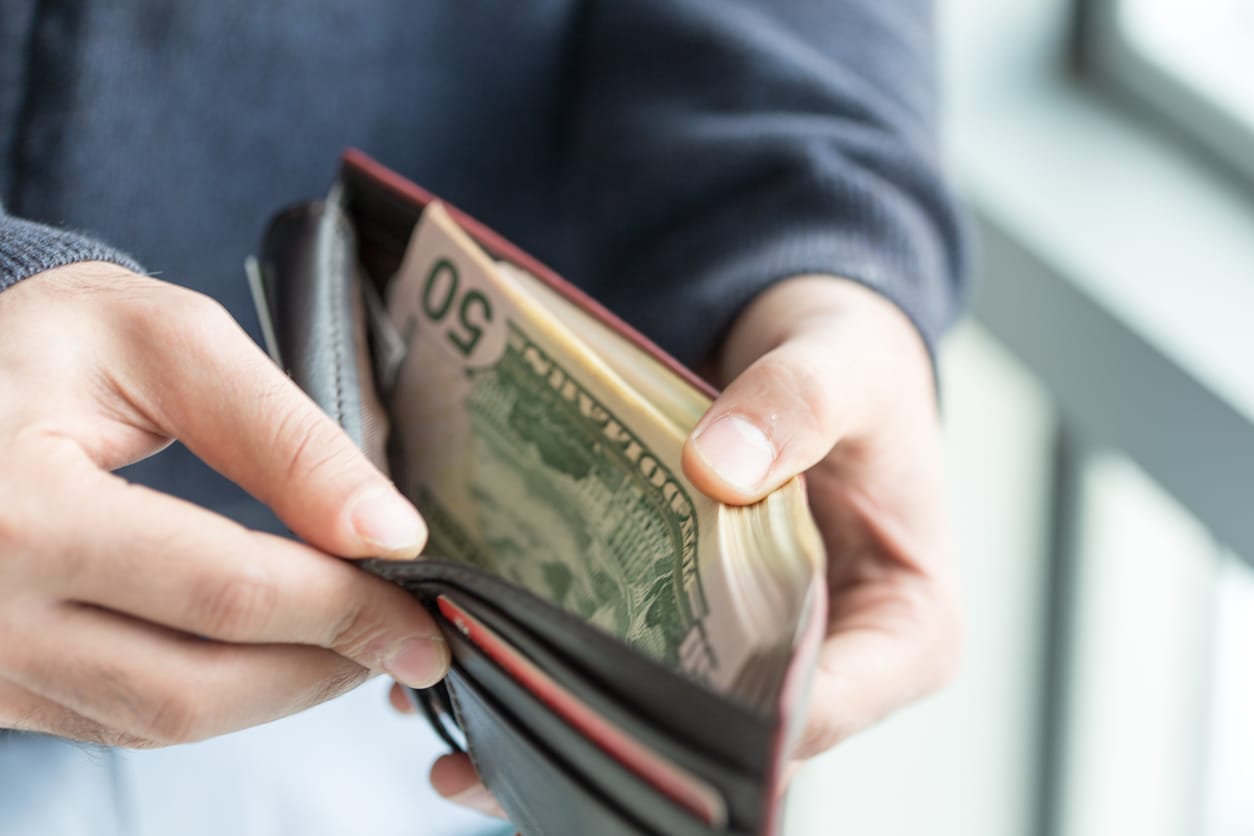7 Things You Need to Know Before You Make a 401(k) Hardship Withdrawal

It’s not usually a good idea to withdraw money from your retirement fund before you turn 59½ years old. This decision comes with large penalty fine and has the potential to risk your financial stability in the future. But, if you’re facing economic hardships, sometimes you don’t have a choice. Here are 7 things you need to know before you make a 401k hardship withdrawal.
1. “Hardships” Have Set Definitions
According to the IRS, there are specific circumstances in which you can qualify for a withdrawal. If you want to use your money for anything outside of these special circumstances, it’s not possible to do that.
Check out 3 Times it Makes Sense to Withdraw from a Retirement Fund Early for more information.
2. Hardship Withdrawals Come with Large Penalties
If you’re looking for some quick cash, you might think your 401k is a good place to look – after all, the money is yours. But, you need to ask yourself is it worth the penalty? Ideally, your emergency fund should be there to catch you if need be, not your nest egg. This is why most plans won’t allow you to withdraw until your employment with the company ends.
Hardships are generally the only exception to this rule. But, if you do take money from your 401k early, you will be hit with large penalties. As well as being taxed like your regular income, early withdrawals with be hit with a further 10% federal tax penalty.
3. There Can Be Penalty Exceptions
The 10% penalty is quite harsh, but there are certain situations that allow you to get out of it. For example, you may be able to avoid the penalty if you are disabled or if your medical debt is more than 7.5% of your adjusted gross income. Another case where you may be able to avoid the 10% penalty, is if a court has ordered that you must give the money from a hardship to a former spouse, a child, or dependent.
4. Not All Plans Allow for Hardship Withdrawals
It’s up to your employer whether your 401k plan offers hardships. There’s actually no requirement from the IRS that requires employers to do this. To find out if your plan allows for hardship withdrawals you will need to contact your plan administrator, this is usually someone from your company’s HR department.
5. There Are Limits on How Much You Can Withdraw
Even if you do qualify for a hardship withdrawal, it’s not possible to empty your 401k. You’ll only be able to withdraw enough funds to cover the cost of your financial emergency – no extra cash to use as a cushion.
6. You Might Need to Prove Your Hardship
Your 401k plan administrator may require proof before they let you withdraw from your fund. You might need to prove your hardship by providing copies of medical bills, repair bills, or whatever you need the money for. It’s also likely that you will have to show copies of your bank statements to prove that you have no other available money to help you.
7. Once the Money is Gone, It’s Gone
Once you’ve taken a hardship withdrawal, you are usually forbidden from making any new deposits into your 401k for six months. However, after this period ends you can continue to make contributions just as did before.
If you do take a hardship withdrawal, you’ve got to realize that this money isn’t a loan. You aren’t borrowing, so you might not feel any obligation to pay the money back in. This could severely hurt your retirement, so it’s important to think carefully about this decision before you act upon it. A hardship withdrawal should be your last possible option.
















